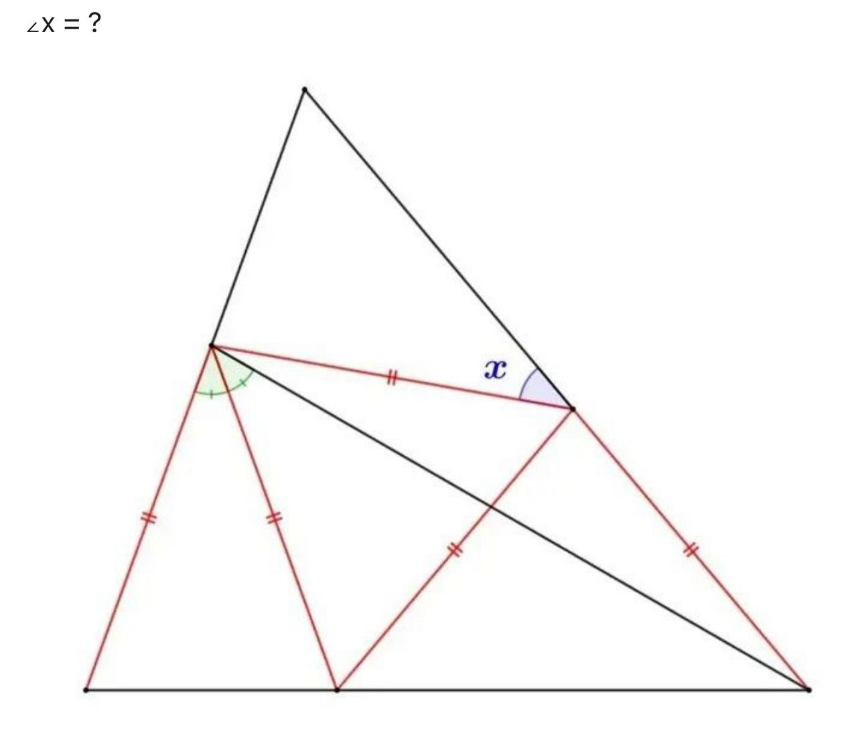
AllQuestion and Answers: Page 290
Question Number 192688 Answers: 1 Comments: 0
Question Number 192687 Answers: 1 Comments: 0
Question Number 192676 Answers: 1 Comments: 0
Question Number 192675 Answers: 1 Comments: 0

Question Number 192668 Answers: 2 Comments: 0
Question Number 192664 Answers: 0 Comments: 0

Question Number 192663 Answers: 1 Comments: 0

Question Number 192661 Answers: 1 Comments: 2

Question Number 192652 Answers: 2 Comments: 0
Question Number 192651 Answers: 2 Comments: 0
Question Number 192650 Answers: 2 Comments: 0
Question Number 192648 Answers: 1 Comments: 0
Question Number 192646 Answers: 1 Comments: 0
Question Number 192639 Answers: 2 Comments: 0
$$ \\ $$lim_(x⇒∝ ) ((3x^3 +3x^2 +1)/(5x^3 +4x^2 +x)) find the limit
Question Number 192636 Answers: 1 Comments: 0
Question Number 192634 Answers: 1 Comments: 0
$$\int\boldsymbol{{sin}}\left(\mathrm{12}{x}\:+\mathrm{8}\:\right){dx} \\ $$
Question Number 192630 Answers: 0 Comments: 0
Question Number 192629 Answers: 0 Comments: 0
Question Number 192625 Answers: 3 Comments: 1
Question Number 192624 Answers: 1 Comments: 0
Question Number 192623 Answers: 1 Comments: 0
Question Number 192622 Answers: 1 Comments: 0
Question Number 192617 Answers: 2 Comments: 0

Question Number 192616 Answers: 0 Comments: 0

Question Number 192612 Answers: 1 Comments: 3
Question Number 192608 Answers: 2 Comments: 0
Pg 285 Pg 286 Pg 287 Pg 288 Pg 289 Pg 290 Pg 291 Pg 292 Pg 293 Pg 294
